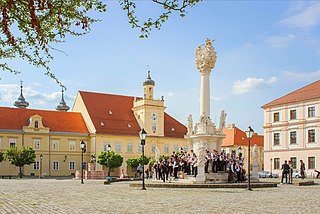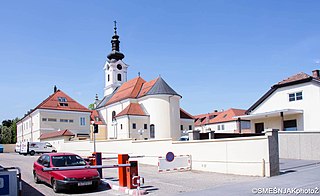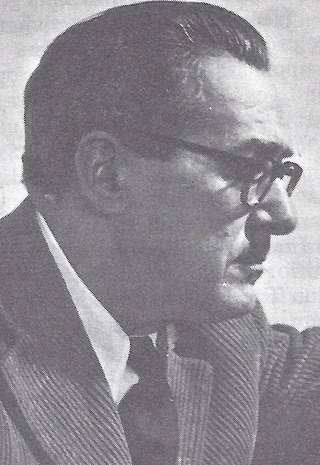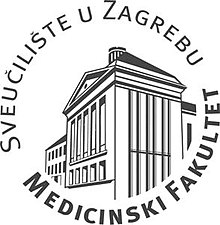
Osijek is the fourth-largest city in Croatia, with a population of 96,848 in 2021. It is the largest city and the economic and cultural centre of the eastern Croatian region of Slavonia, as well as the administrative centre of Osijek-Baranja County. Osijek is on the right bank of the Drava River, 25 km (16 mi) upstream of its confluence with the Danube, at an elevation of 94 m (308 ft).

Požega is a city in western Slavonia, eastern Croatia, with a total population of 22,364. It is the administrative center of the Požega-Slavonia County.

The University of Zagreb is a public research university in Zagreb, Croatia. It is the largest Croatian university and one of the oldest continuously operating universities in Europe. The University of Zagreb and the University North are the only public universities operating in Northern and Central Croatia.

HŠK Građanski, also known as 1. HŠK Građanski or fully Prvi hrvatski građanski športski klub, was a Croatian football club established in Zagreb in 1911 and dissolved in 1945. The club had a huge influence on the development of football in Croatia and Kingdom of Yugoslavia and achieved its greatest success in the period between the two World Wars.
The Vladimir Nazor Award is a Croatian prize for arts and culture established in 1959 and awarded every year by the Ministry of Culture.

Krešimir Baranović was a Croatian composer and conductor. He was director and conductor of the Zagreb Opera, Belgrade Opera and professor at the Belgrade Music Academy. In the spirit of a kind of Slavic expressionism, also seen in the works of Janáček and some of the 19th century Russian masters, Baranović was better than any other Croatian composer of his time in overcoming the discrepancy between the national and the universal to be seen in Croatian interwar music.
Croatian literature refers to literary works attributed to the medieval and modern culture of the Croats, Croatia, and Croatian. Besides the modern language whose shape and orthography were standardized in the late 19th century, it also covers the oldest works produced within the modern borders of Croatia, written in Church Slavonic and Medieval Latin, as well as vernacular works written in Čakavian and Kajkavian dialects.
The Greatest Croatian was an open-access poll conducted over five weeks in 2003 by the Croatian weekly Nacional.
Ivić Pašalić is a Croatian politician and former prominent member of the Croatian Democratic Union (HDZ).

The University of Zagreb School of Dental Medicine is a Croatian university for undergraduate and postgraduate education in the field of dental medicine in Croatia. The university was founded in 1922; and the School of Dental Medicine was established in 1962.

The Gusić family, also known as Gušić, was one of the twelve noble tribes of the Kingdom of Croatia, mentioned in the Pacta conventa. They originated from the hinterland of Biograd in the medieval Luka and Sidraga županijas, where they are recorded at least since the 11th century. Their main regions of influence were Krbava and Gacka, where they often served as župans and knezes at least since the early 13th century. In the 14th century branched Posedarski who seated in Posedarje, and Kurjakovići who as magnates managed to gather much wealth and have high official positions at the Hungarian royal court as well two of their members became Ban of Croatia. As experienced warriors, they actively participated in the Croatian–Ottoman and late Ottoman–Venetian Wars. Direct descendants of the tribe with the surname Gusić, and possibly Gušić, live even today in Croatia and Slovenia.

The Mogorović family was one of the twelve noble tribes of the Kingdom of Croatia, mentioned in the Pacta conventa and Supetar Cartulary. They were initially mentioned in the 12th and 14th centuries in the hinterland of Biograd na Moru and Zadar in Dalmatia, and since the 13th century in the region of Lika, where they branched into most prominently Disislavić noble family, besides being divided into other fourteen noble branches by 15th and 16th century. As experienced warriors, they actively participated in the Croatian–Ottoman wars. Direct descendants of the tribe live even today in Croatia.
Rikard Schwarz, Croatian composer, conductor and music writer.










